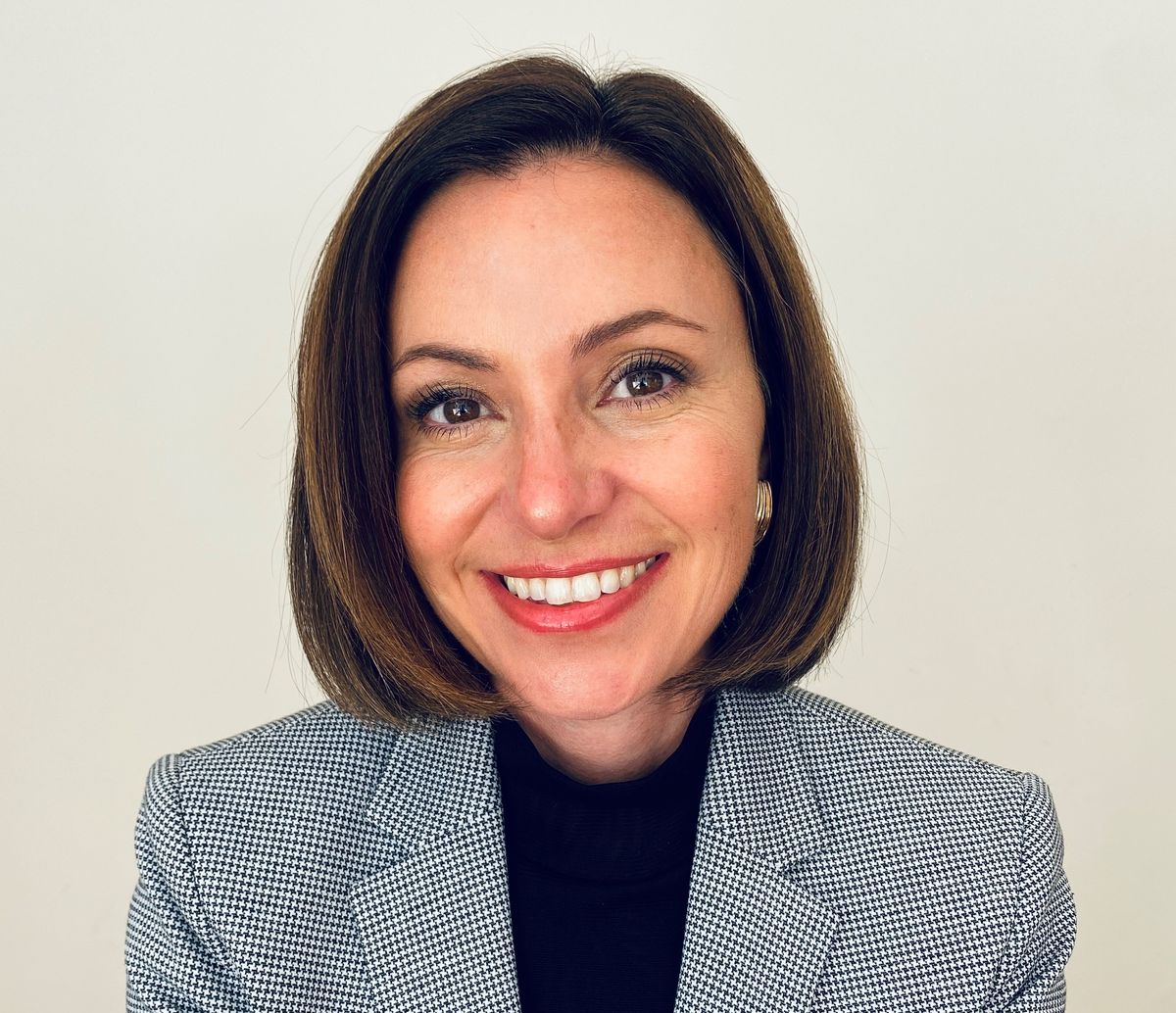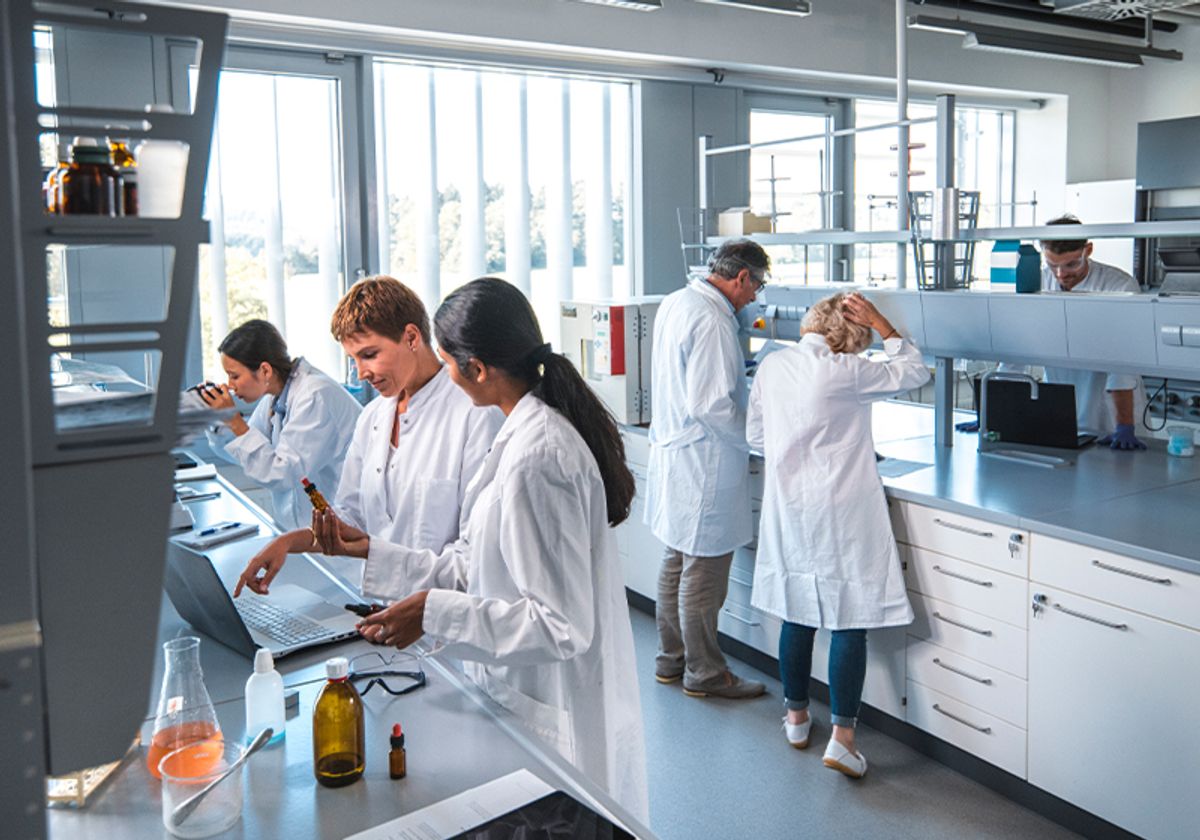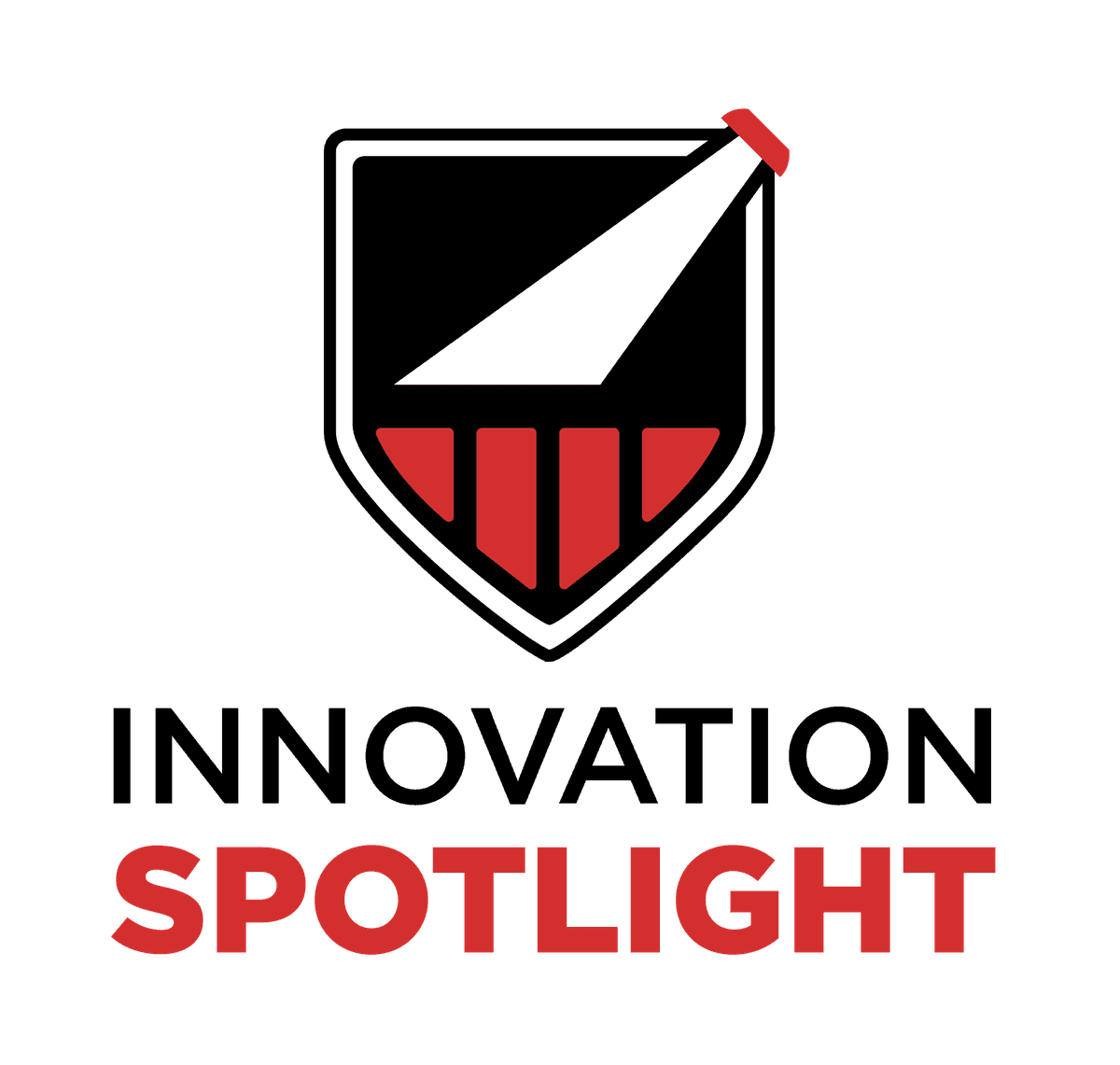ABOVE: The 100 Million Cell Challenge supports biomedical researchers as they scale up their single-cell sequencing experiments. Adobe Stock
Scaling up single-cell sequencing studies allows scientists to uncover rare cell types, better understand disease states, and track cellular changes over time. However, processing, assaying, and analyzing vast numbers of single cells is costly and time and labor intensive.

Chief Executive Officer
Scale Biosciences
To remove the barriers involved in scaling up, Scale Biosciences spearheaded the 100 Million Cell Challenge, where they along with several other companies and organizations promised to subsidize notable single-cell studies. Awardees will work with cutting-edge technologies to help them sequence and analyze more cells than ever before. In this Innovation Spotlight, Giovanna Prout discusses her motivation for developing this challenge in support of biomedical research on the single-cell level.
What inspired you to develop this challenge?
We are driven by the success of the global scientific community in their discoveries in biology. We wanted to provide access to new and impactful tools that could ignite ideas around larger-scale single-cell transcriptomic studies without having to worry about the burden of implementation and cost. The challenge was also inspired by wanting to showcase a community of industry partners that can work together to enable such a program. By partnering with the Chan Zuckerberg Initiative (CZI), Ultima, NVIDIA, and Bioturing, we are able to offer challenge awardees and non-awardees free or reduced costs to execute their ambitious projects.
What limits single-cell studies currently?
Single-cell studies have historically been limited by costs and inflexibility in how a study can be designed due to technological limitations. The technologies that emerged almost a decade ago are reaching the limits of their capabilities. Scale Biosciences is here to take that baton and enable single-cell experiments at unprecedented scale by commercializing technologies designed for ease of use that do not sacrifice performance or reproducibility. For example, our new QuantumScale RNA platform enables processing of up to 2 million cells or nuclei with flexibility to accommodate 1 to thousands of samples or conditions in an easy, streamlined workflow that only takes 1.5 days. We’ve also implemented pricing that enables researchers to dramatically scale up their experiments—it is less than 1 cent per cell and as little as $100 per sample.
Why is scaling up so important in single-cell studies?
This is such an important question because we know sometimes more isn’t always better— but in this case, it is! Human development, health, and disease are enormously complex. To understand that complexity, there needs to be further studies incorporating more diversity, such as age, ancestry, gender, and sample type. Scaling up experiments also allows for more conditions and replicates to be run at once, which facilitates large-scale and compound genetic screens in drug development for quicker and more powerful target selection and validation. Further, AI foundation models are being trained and validated for predictive science, but those models need to be fed with much more diverse data. These themes are echoed in the projects selected for full subsidies in the 100 Million Cell Challenge.
Why did you choose 100 million as your target number?
When we set out to do this project, we thought 100 million cells was ambitious. Nothing like this has ever been done before. The scientific community is pretty amazing, though. They showed us how much pent-up demand there is for large-scale projects at the right price. Still, I believe we have only scratched the surface of what researchers will do with tools like ours.
What were the key parameters that you were looking for in these proposals?
We were looking for projects that had the potential to make an impact on human health. The 50 million cells’ worth of projects selected for the full subsidy included projects focused on four areas of biomedical research:
- Global Health Equity: Studies spanning multiple continents and diverse populations across age and ancestry
- Disease Characterization: Looking at many patients and tissues temporally to fully understand disease-specific mechanisms
- Cancer Biology: New approaches to understanding treatment responses
- Therapeutic Innovation: Novel platforms for disease perturbations and drug development
What were the researchers’ responses to this opportunity?
We saw a tremendous response to the program with projects totaling nearly a billion cells submitted from researchers in 27 different countries, many studying critical challenges in global health. We received over 140 unique proposals.
How did the challenge evolve over time?

This challenge truly represents an unprecedented level of industry collaboration. We initially announced the program with Ultima Genomics and NVIDIA as partners to subsidize 100 million cells’ worth of projects. Subsequently, CZI joined, bringing new capabilities to the program as well as the resources to fully fund 50 million cells’ worth of research. With the overwhelming response, Bioturing joined, and collectively the partners agreed to extend the partial subsidy to all projects meeting certain eligibility criteria, supporting research on over 600 million cells.
What was the final outcome of this challenge?
We announced the projects receiving a full subsidy at the American Society of Human Genetics meeting in Denver in November 2024 and look forward to receiving samples from program participants and returning data for 100s of millions of cells.
What are some of the winning projects?
The selected projects span a remarkable range of applications, from expanding the first global atlas of pediatric health to investigating population-specific differences in cancer outcomes.
Below is a complete list of the winners.
- Federico Gaiti, Princess Margaret Cancer Centre: Elucidating molecular dependencies of glioblastoma cells engaged in neuronal crosstalk
- Caleb Webber, UK Dementia Research Institute: Zebrafish whole brain disease modeling
- Sophia George, University of Miami: Cancer patient cohort tissue and PBMC samples from African Caribbean Single Cell Network
- Kevin Matthew Byrd, Virginia Commonwealth University: Mapping the pediatric inhalation interface at single cell resolution
- David van Heel, Queen Mary University of London: Deep omics on South Asian populations to improve health in communities in the UK and worldwide
- Tom Taghon, Ghent University: Molecular drivers of human T cell development
- Drew Neavin, Garvan Institute of Medical Research: Identifying patients at risk of drug-induced cardiotoxicity
- Luis Barreiro, University of Chicago: Unveiling immune variation across diverse human populations
- Barbara Treutlein, ETH Zurich: Predictive modeling of cell state-specific responses to small molecule perturbations in human organoids
- Zack Lewis, Allen Institute for Brain Science: Sympathetic nervous system atlas
- John Tsang, Yale University/Chan Zuckerberg Biohub New York: Deciphering the immune health of global populations
- Constantine Tzouanas, MIT: Protein platform perturbing human PBMCs with transcriptomic readout
- Christine Disteche, University of Washington: Single-cell transcriptome analyses of sex differences in normal human development and in genetic conditions with an abnormal number of sex chromosomes
- April Foster, Wellcome Sanger Institute: Signaling perturbations to understand human development


